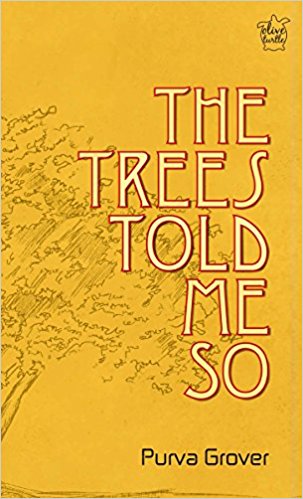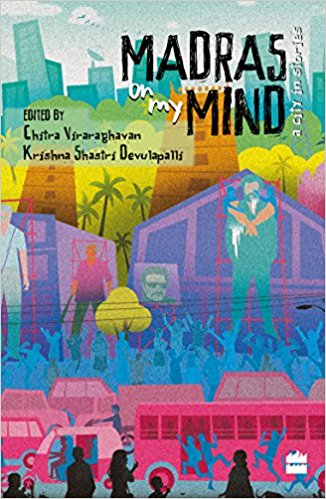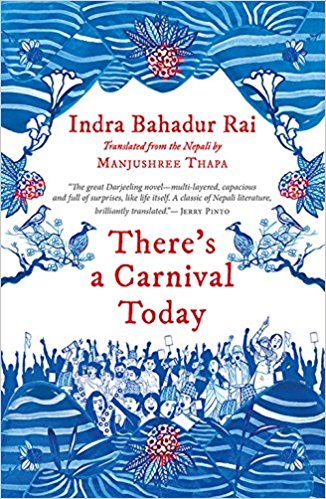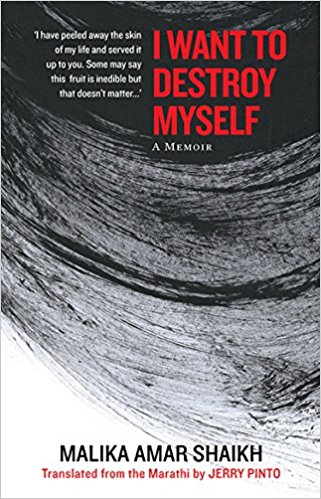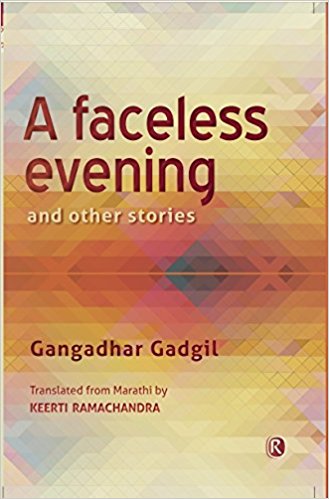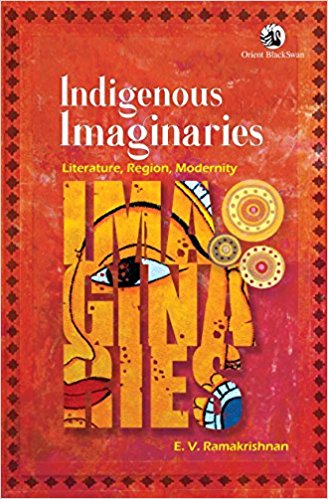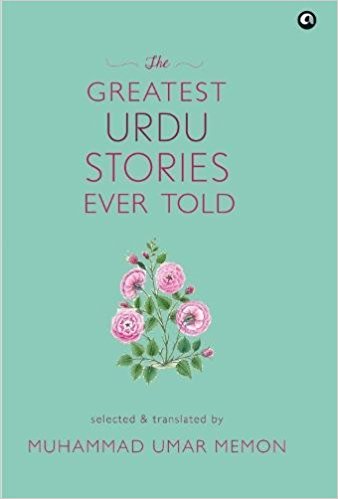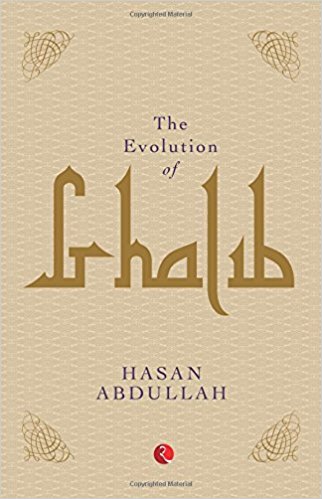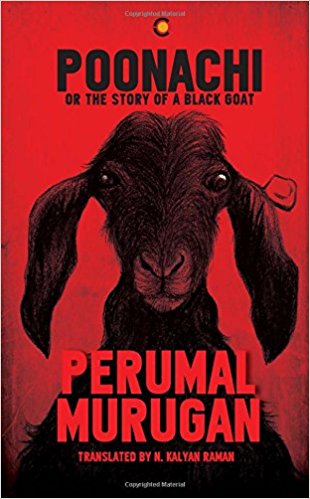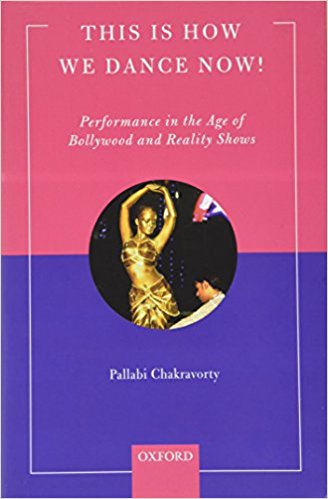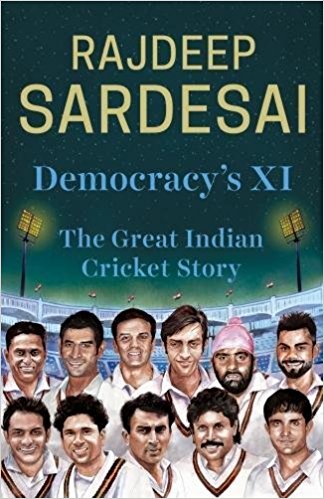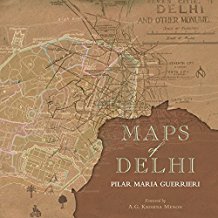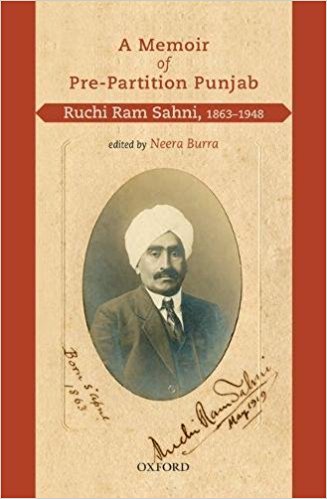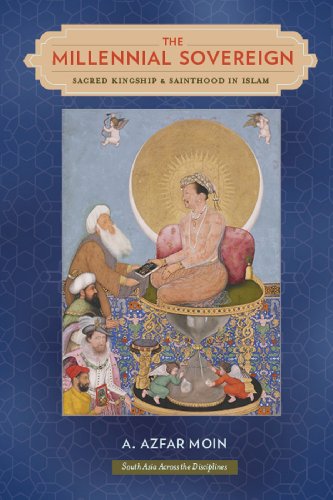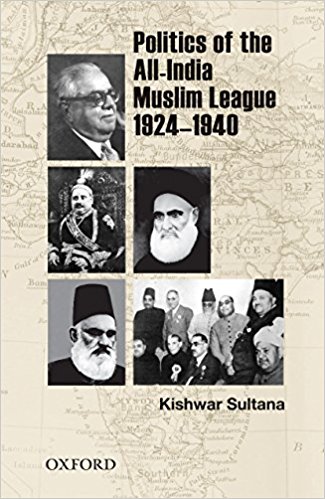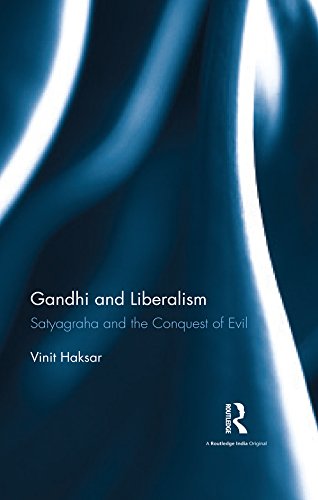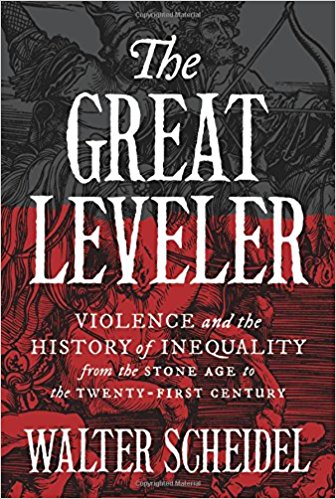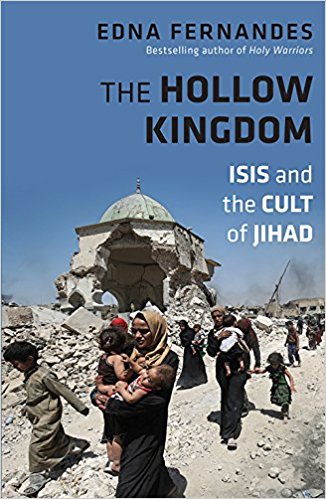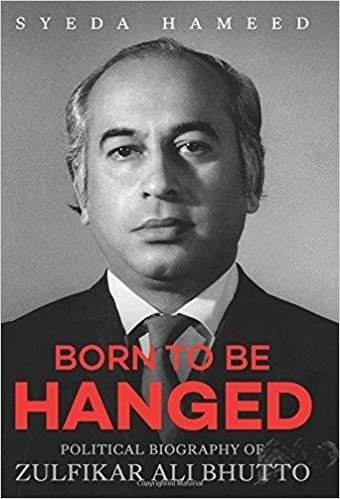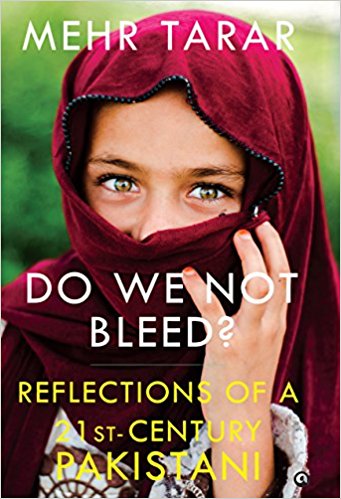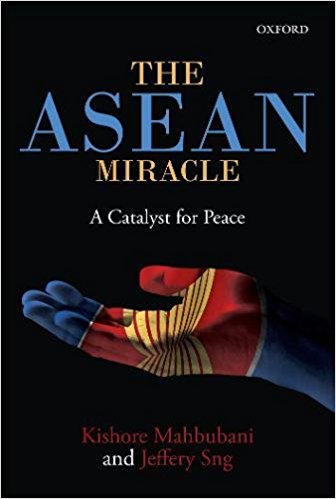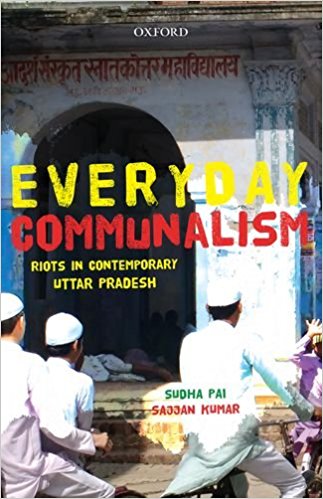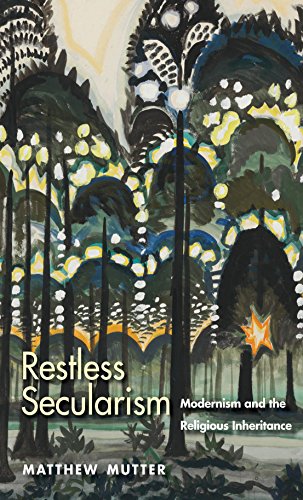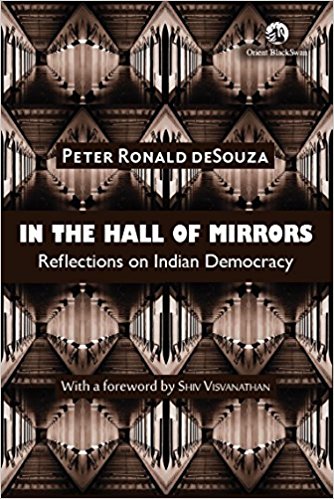One Rotten Apple and Other Stories by Vandana Kumari Jena, author of Dance of Death and The Incubation Chamber, is an anthology of twenty-six stories which adroitly weaves a tapestry of life’s reality by shedding light on a gamut of human emotions, the psychological upheavals of the characters and some seriously menacing social scourges.
Archives
June 2018 . VOLUME 42, NUMBER 62018
That’s the denouement of one of the characters of Mridula Garg’s new novel—she dances and dies. Ratnabai begins as a minor character, a household help in an upmarket middle class neighbourhood in New Delhi, in the novel Vasu ka Kutum, and ends up with one of the most powerful scenes in the novel—performing the dance of death, more vigorous than Nataraj himself, as the author puts it.
What is a city, but the people; true the people are the city Cities can be huge or small, bustling or tranquil, charming or squalid, but the only question worth asking is: is it yours ? Madras on my Mind, a collection of twenty odd short stories that takes us through tree-lined streets and mounds of garbage of Madras/Chennai as we wander through the patchwork of communities that piece the city together.
Two novels, one short story collection. Different themes. With one joining thread, West Bengal, the State which is the setting for all three works. While Amit Dasgupta’s The House and Other Stories and Arnab Nandy’s On the Road to Tarascon are set in Kolkata, a familiar locale in many stories and novels, Indra Bahadur Rai’s novel, (translated by Manjushree Thapa) There’s a Carnival Today, considered a classic of Nepali literature, is set in Darjeeling, with its mystical mountains and tea gardens.
Here was a pinkish-red staircase, and a small piece of sky and the white fairies of delirium and the handsome prince who would visit me and tease me. I have peeled away the skin of my life and served it up to you. Some may say this fruit is inedible but that doesn’t matter .
Gangadhar Gadgil is eminently readable. If you have been a big time reader of all time great storytellers like Anton Chekov, Mark Twain, Edgar Allan Poe, O. Henry, or even Somerset Maugham or Arthur Conan Doyle, you would do well not to apply the same scale here.
EV Ramakrishnan’s collection of essays Indigenous Imaginaries: Literature, Region, Modernity has several entry points. In continuation of his earlier work Locating Indian Literature: Texts, Traditions, Translations, he is revisiting questions of tradition, transformation and modernity by taking a deeper look into the different cultural contexts embedded in the notion of ‘region’ or ‘kshetra’ and their shaping of the literary field in India.
If Urdu literature today has a presence outside the boundaries of the South Asian subcontinent, a part of the credit may safely be attributed to Professor Muhammad Umar Memon, who along with Professor CM Naim, has transformed the way the western, in particular the American, academia regards Urdu literature today. An academic, a scholar, a translator, a short-story writer and an astute critic, Professor Memon, has donned many hats.
Ghalib, it has been said, was not merely a poet, but a marker of an era. He has also been vested with the responsibility of being one of the first modern Indian poets. While he is the representative of a culture and a tradition, he is also a poet conscious of change, and the arrival of a new order of existence.
Perumal Murugan, the Tamil writer who famously declared himself dead in 2014, came back to life a couple of years ago with a poignant fable for adults called Poonachi: The Story of a Black Goat. In using this two-part title, Murugan harks back to Tamil novels of the late 19th century, as he explains in his introduction.
After her translation of the seventh century Sanskrit classic Kadambari by Banabhatta, which also won a Sahitya Akademi award, this is a fresh venture in the same field by Padmini Rajappa. It is of a no less famous but much older Sanskrit play. Hopefully other works will follow from her, as the field for such translations still remains vast.
Chakravorty’s work is an interesting romp through decades of Bollywood and reality show dance styles. Occasionally, she takes time out to link her observations to traditional Indian aesthetic theories such as those put forward by Abhinavagupta.
In traditional Indian dance, the emphasis is on bhava (feeling), rasa (taste), bhakti (devotion) and shringara (erotic expression).
In the preface to his classic book on cricket Beyond A Boundary (1963) CLR James wrote: ‘What do they know of cricket who only cricket know.’ Living up to this challenge James wrote a book on West Indian cricket which explored cricket’s association with race, class and politics, briefly sketched the careers of canonic cricketers like W G Grace, Learie Constantine and George Hadley apart from some lesser known greats, and treated cricket as an art form, establishing its relationship with the theatre, ballet, opera and dance.
2018
Maps of Delhi by Pilar Maria Guerrieri is a handsome publication collecting predominantly handmade maps of the city from 1803 to present day. A brilliant testimony to our erstwhile technical skills in cartography, the book is far more than just a souvenir of beautiful drawings. Instead, it is a visual history of one of the world’s largest cities in 44 maps told over two centuries.
This autobiography, resurrected by Ruchi Ram Sahni’s great-grand daughter, makes for fascinating reading. Ruchi Ram Sahni is well known at the Panjab University in Chandigarh as one of the revered academics. In addition to his contribution to the subject of Chemistry and to the well-being of Panjab University, are remembered the contributions of his sons Birbal and Mulk Raj and more so his grandson, Ashok.
Asfar Moin’s work, The Millennial Sovereign: Sacred Kingship and Sainthood in Islam is a study of the articulation of sovereignty in Mughal India. But in looking at sovereignty, he eschews textual narratives and focusses on the practices of sovereignty. So one of the departures this book makes is to move away from the theories to the practices of sovereign power. In looking at the practices of sovereignty, Moin develops the notion of sacred kingship arguing that the Mughal kingship was invested with sacrality.
This is a work based on the PhD the sis of the author submitted to a university of Pakistan. It studies the challenges faced by the All India Muslim League (AIML) during the period which is generally not considered to be of bigger significance for the growth and development of the Muslim League.
The word ‘evil’ is generally avoided by contemporary writers. Or it is reserved for deeds that almost everyone can unhesitatingly condemn. Nonetheless it is an accepted synonym for ‘wrongs’ or ‘wrong’ and an antonym for ‘good’ or ‘right’, even if others would rather use ‘wrong’, ‘iniquity’ or ‘injustice’. Along with two other significant words, Vinit Haksar employs ‘evil’ in the title of this important book on Gandhi’s thought.
The widespread contemporary availability of research studies is unprecedented. Researchers have taken their work into ever more detailed aspects of their subjects; extended this across the ages, from prehistoric times all the way into the future; as also spanning continents and civilizations, in the search for the hidden nooks and crannies, as it were, all the possible areas as yet unexplored.
The book under review investigates the ideology of the ISIS and its worldview, its recruitment strategy, its financial system and its appeal. It also studies the war against ISIS and its challenges. Edna Fernandez argues that the ISIS aims to destroy the ‘greyzone’ (a place where the Muslim and non-Muslims live together).
2018
The blood-strewn saga of the Bhutto clan exemplifies the tortuous political history of Pakistan. The books under review are political biographies of Zulfikar Ali Bhutto and his equally illustrious daughter, Benazir Bhutto, by an Indian and a Pakistani author respectively. Benazir became Pakistan’s as well as the Muslim world’s first female Prime Minister at the dramatically young age of 35 in 1988, within a decade after the brutal hanging of her father in 1979.
Mehr Tarar’s book Do We Not Bleed? Reflections of a 21st-Century Pakistani in several ways breaks the pattern and monotony prevalent in the post- 9/11 discourse on Pakistan. The book is a digression as this narrative is not solely tangled in the hard-core security paradigm on which most of the recent published works on Pakistan are modelled.
The ten member-states of ASEAN (Association of South East Asian Nations) is, at times, an inspiration and, at other times, a house divided. That is how most outsiders would invariably react to the organization. Criticisms fly high when the grouping seems ineffective in handling regional issues such as human rights atrocities perpetrated by regimes from within the regional bloc.
This is a documentary study—compilation of 2523 documents spread over five volumes—introduced and edited by Avtar Singh Bhasin, formerly of the Historical Division of the Ministry of External Affairs. The 60-page introduction recapitulates the relationship covered by the documentation.
This book is about three riots—two in eastern UP, one each in Mau (2005) and Gorakhpur (2007) districts, and the third one in Muzaffarnagar and Shamli (2013) districts in western UP. It largely draws upon secondary sources, interviews, discussions and field work, and attempts to address changes in political economy and communal mobilization in eastern and western UP, the former in the urban and the latter in rural settings.
Matthew Mutter’s book examines four literary writers—Wallace Stevens, Virginia Woolf, WB Yeats and WH Auden—for the intricacies of modernist relations to secularism in this erudite and well-researched work. He argues, following Charles Taylor’s ‘subtraction theory’, that these writers constructed ‘new imaginaries’ to modify, redistribute, and privatize religious ideas in a ‘new, secular cosmology’
(p. 8).
At a time when trolls act as gate-keepers to power and a motley group of hecklers, vigilantes, and vandals define what is permissible to speak, eat, dress, and consociate, definitions and redefinitions of democracy, even if qualified as Indian democracy, are required.

